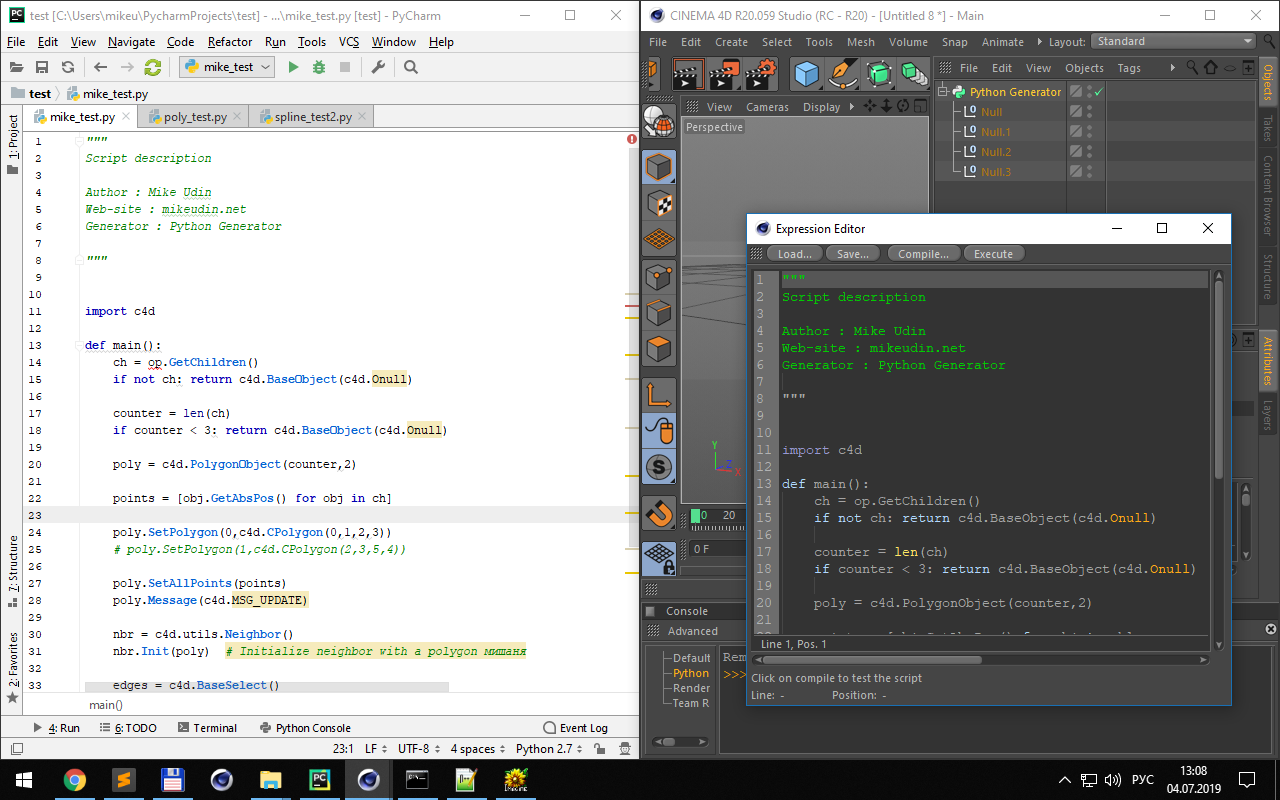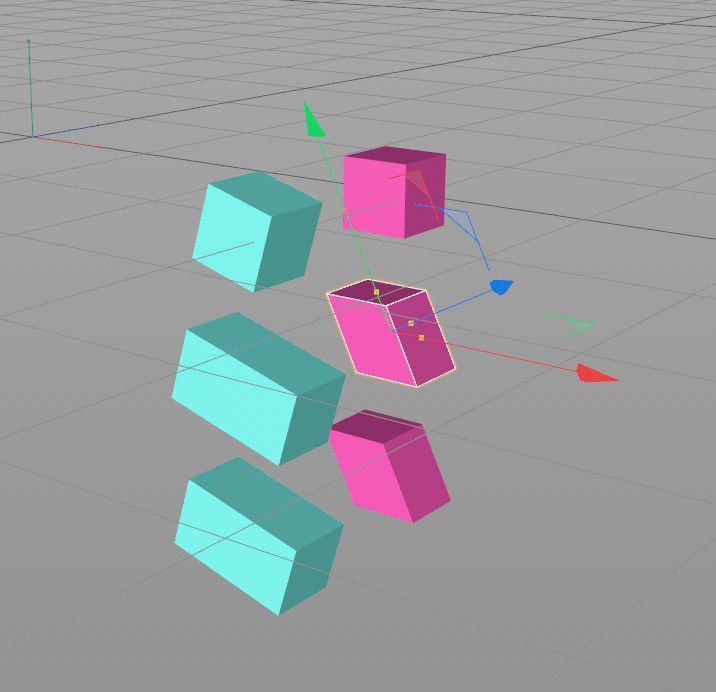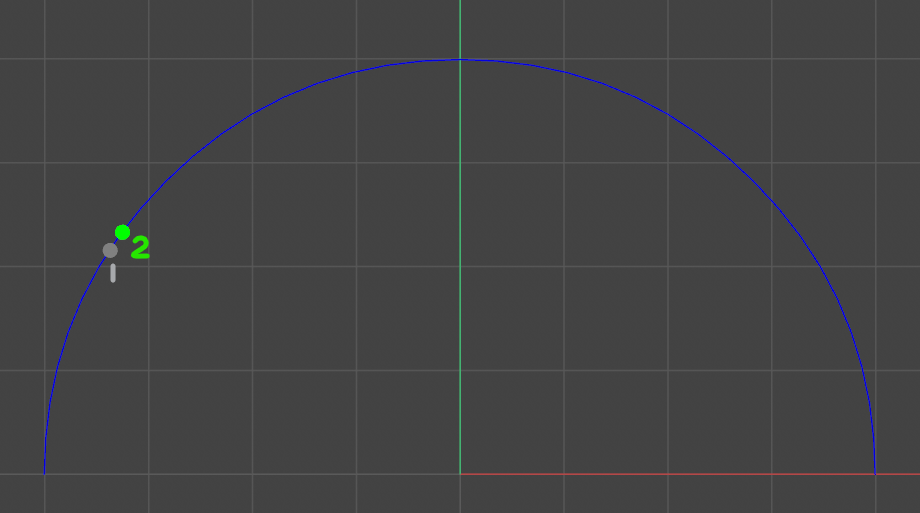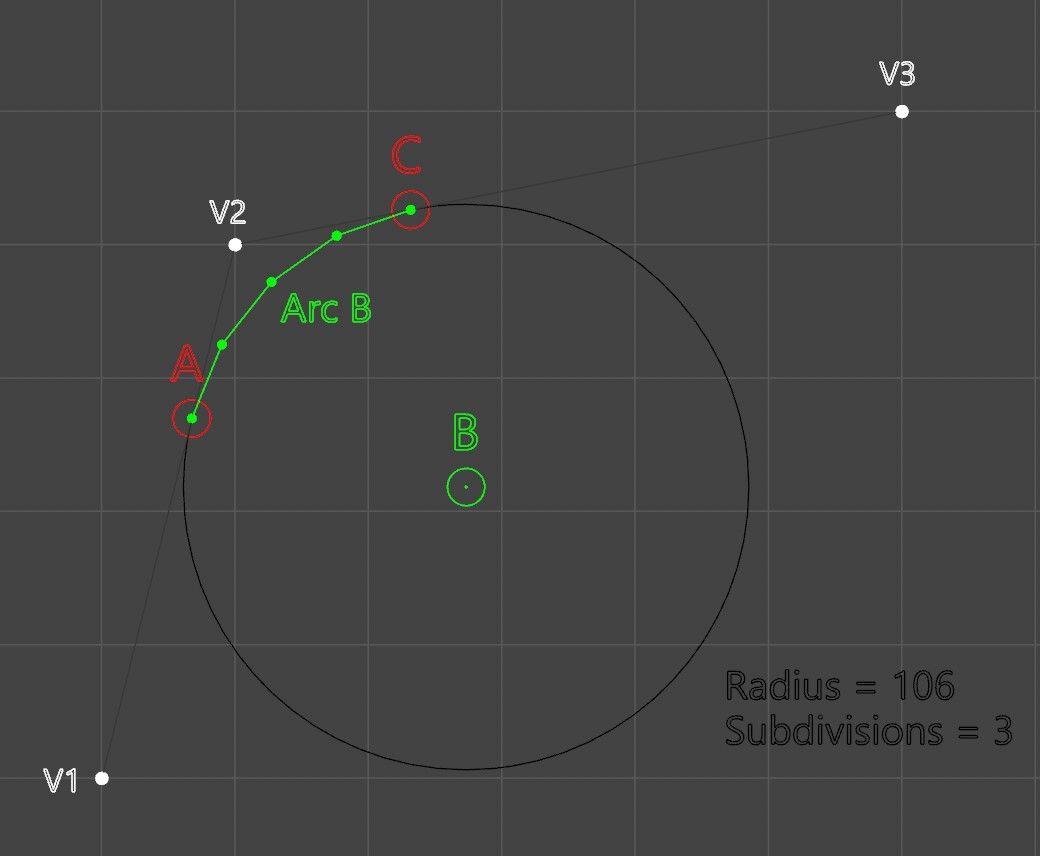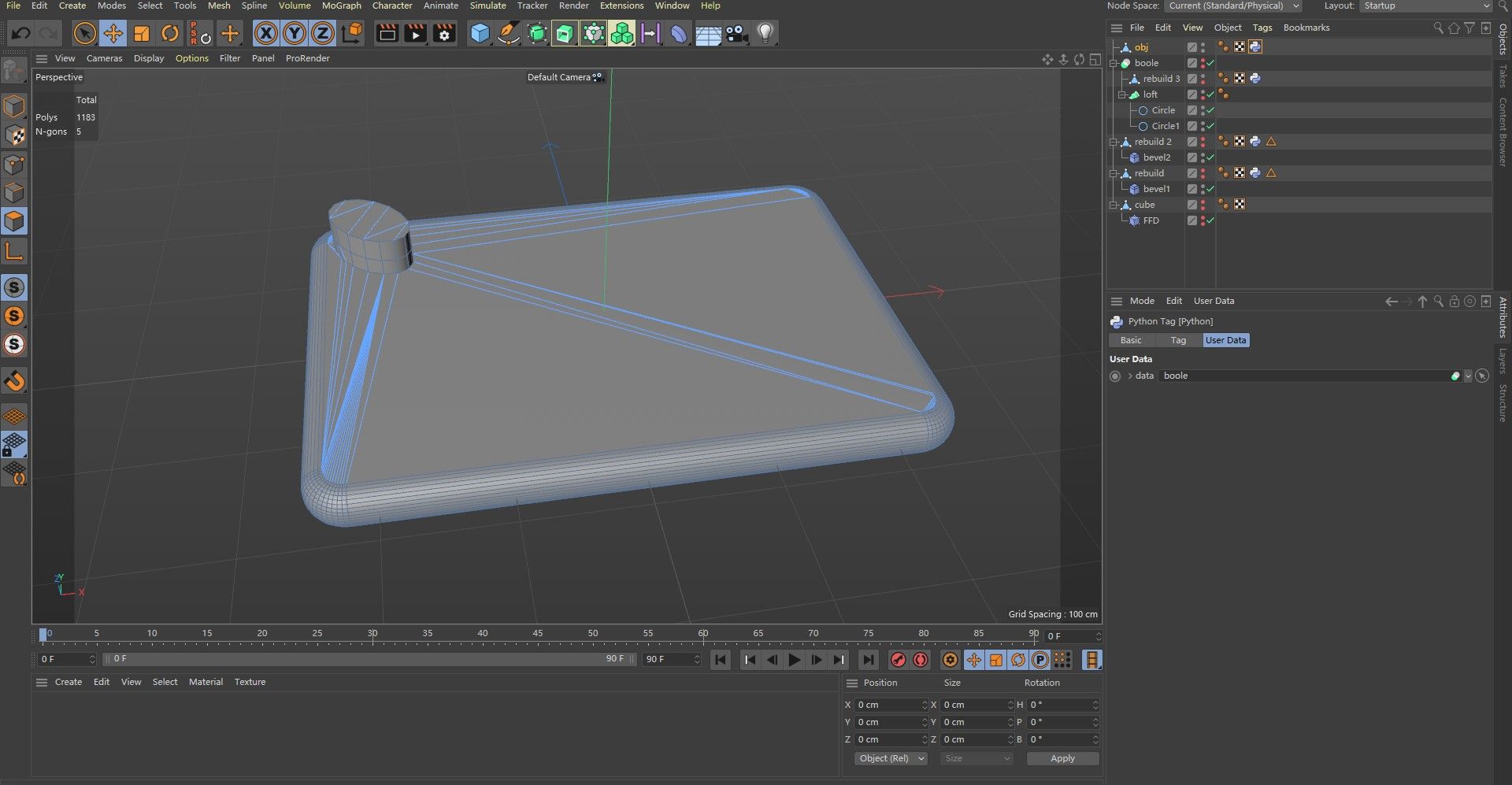The Maxon SDK Team is currently short staffed due to the winter holidays. No forum support is being provided between 15/12/2025 and 5/1/2026. For details see Maxon SDK 2025 Winter Holidays.
-
2 Votes7 Posts2k Views
-
0 Votes3 Posts610 Views
-
0 Votes7 Posts2k Views
-
0 Votes22 Posts18k Views
-
0 Votes4 Posts749 Views
-
1 Votes6 Posts1k Views
-
0 Votes4 Posts854 Views
-
0 Votes6 Posts1k Views
-
0 Votes7 Posts2k Views
-
0 Votes9 Posts1k Views
-
0 Votes7 Posts968 Views
-
0 Votes2 Posts678 Views
-
0 Votes9 Posts3k Views
-
0 Votes2 Posts466 Views
-
0 Votes5 Posts1k Views
-
0 Votes2 Posts577 Views
-
0 Votes5 Posts1k Views
-
0 Votes3 Posts456 Views
-
0 Votes3 Posts579 Views
-
0 Votes3 Posts672 Views
